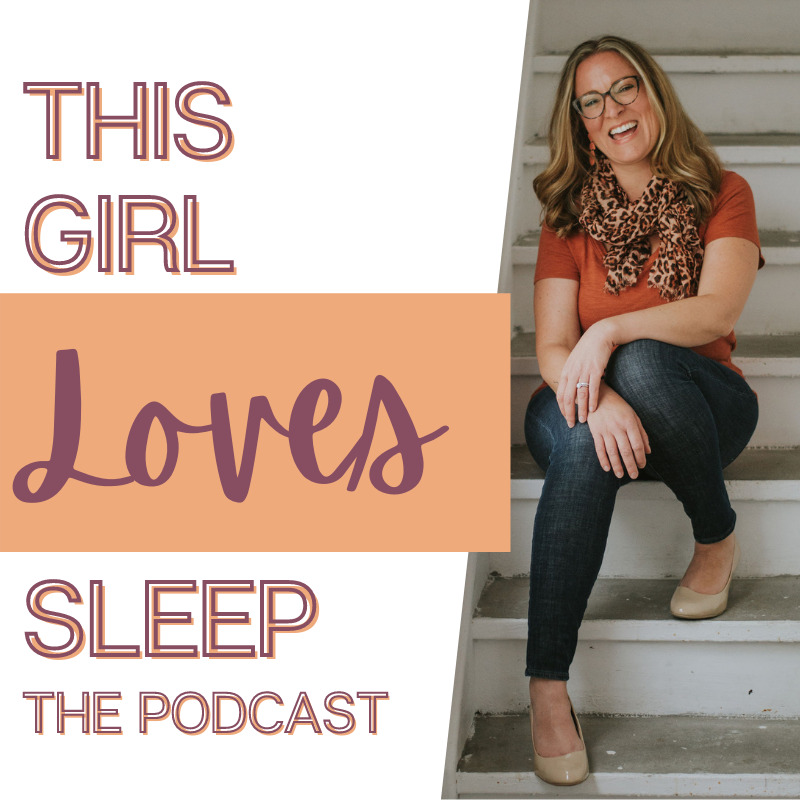For children and adults dealing with any type of sensory processing disorder, getting a good night’s sleep can be challenging. In addition to creating a good sleep environment, know that there are other tools worth exploring that can help improve your quality of sleep. From weighted blankets to lycra sheets, there are plenty of options out there. Because sensory processing challenges can look so different for each person affected, you may need to give several of these options a try before being able to determine the best support tool for yourself or for someone in your family.
Let’s Talk Weighted Blankets
You’ve probably heard about weighted blankets before. They’ve been covered in the news and have become a top choice for people struggling with insomnia, anxiety, and sensory issues. Weighted blankets are filled with pellets, balls, or chains (making them unsafe for children under the age of five), which gives them a weight. The heaviness provides a firm, deep pressure stimulation that can release neurotransmitters and affect nervous system in a way that allows a decrease in over arousal and anxiety.
Sign Up For Our Newsletter
For those interested in exploring a weighted blanket, here’s what you need to know:
- For a child, a weighted blanket should be between 5 to 10 percent of their body weight.
- For an adult, a weighted blanket should be 10 percent of their body weight, up to a maximum of 25%.
- If possible, try out a few weighted blankets before you buy one so that you get the right weight based on your preference.
- A weighted blanket may not be appropriate for people with breathing difficulties, circulatory problems, or temperature regulation issues.
- Make sure the blanket you get has the weight evenly distributed throughout the whole blanket.
- Be sure the blanket does not increase the temperature of your bedding. The fabric should dissipate heat easily.
To find the right weighted blanket option for you or your child, explore the following options:
4 Helpful Sensory Processing Sleep Tools
In addition to weighted blankets, there are several other types of products that may improve the sleep environment for those with sensory challenges.
- Lycra sheets. Compression bed sheets made from lycra provide deep pressure that help calm and soothe the nervous system. Lycra sheets can be found through the Sensory Therapy Shop and on Amazon.
- Compression garments that can be worn as pajamas. Options come in long tights, shorts, tank tops, long sleeve shirts and t-shirts. To learn more about available products, check out Calm Wear or Kozie Clothes.
- Seam free and tag free pajamas. These pajamas can make it easier to fall asleep as there are no seams causing irritation and no uncomfortable material. Both Independence Day Clothing and Hanna Andersson have great options available.
- A pea pod bean bag or inflatable chair. This is a great tool to use as a part of your bedtime routine to help your child calm down and get ready for sleep. You can learn more about this product here.
Putting The Right Sleep Tools To Work
As mentioned, sensory processing challenges are often unique to each person, so what works for one won’t work for all. However, you may be surprised at how much the right sleep environment and the right sleep tools can completely change the game for someone with sensory challenges. From a specific type of white noise to seam free pajamas, take note of what helps build the best night’s sleep. It may seem hard to understand why a small change can make such a difference, but by working together, it is possible to help people with sensory challenges sleep well.






